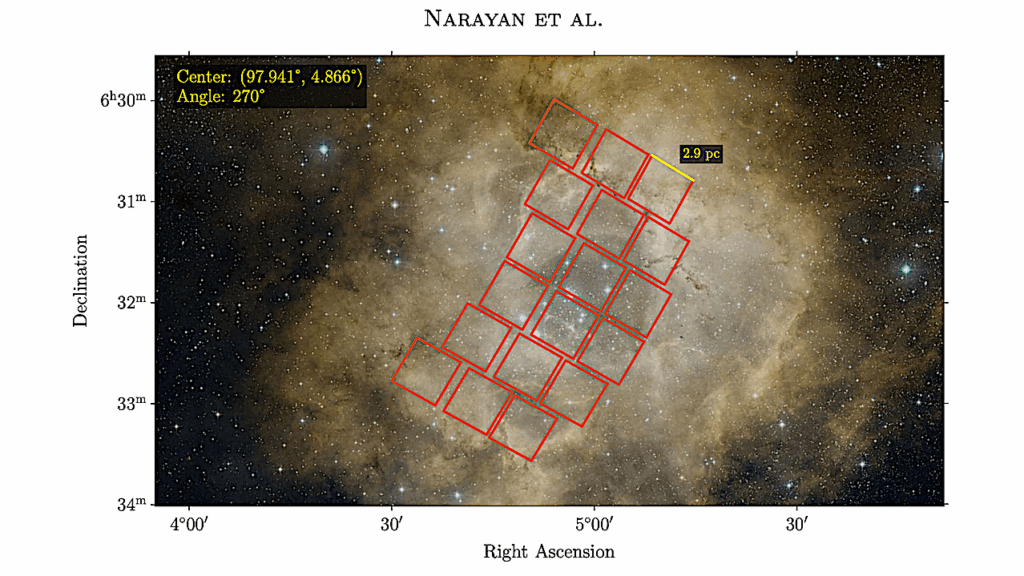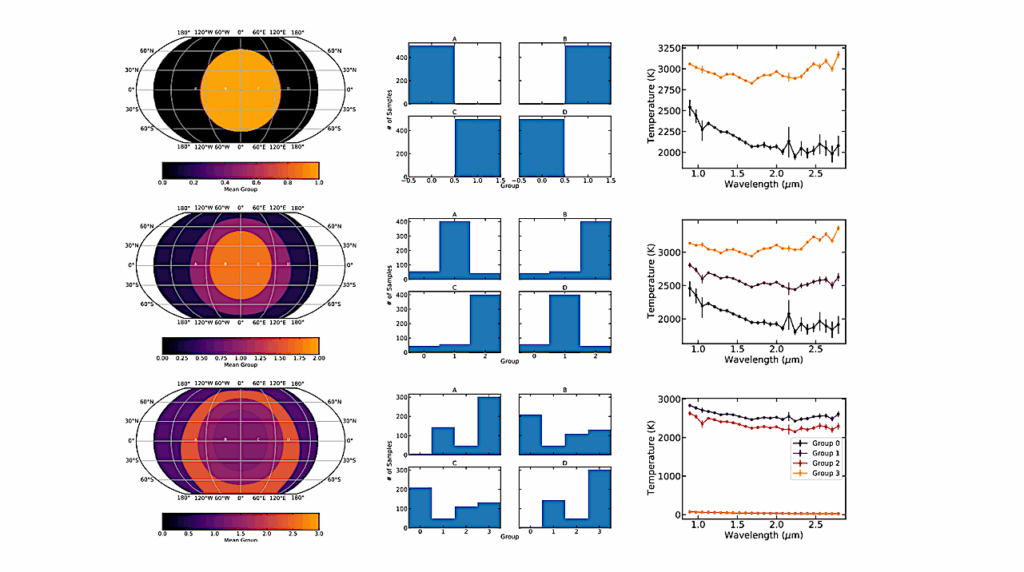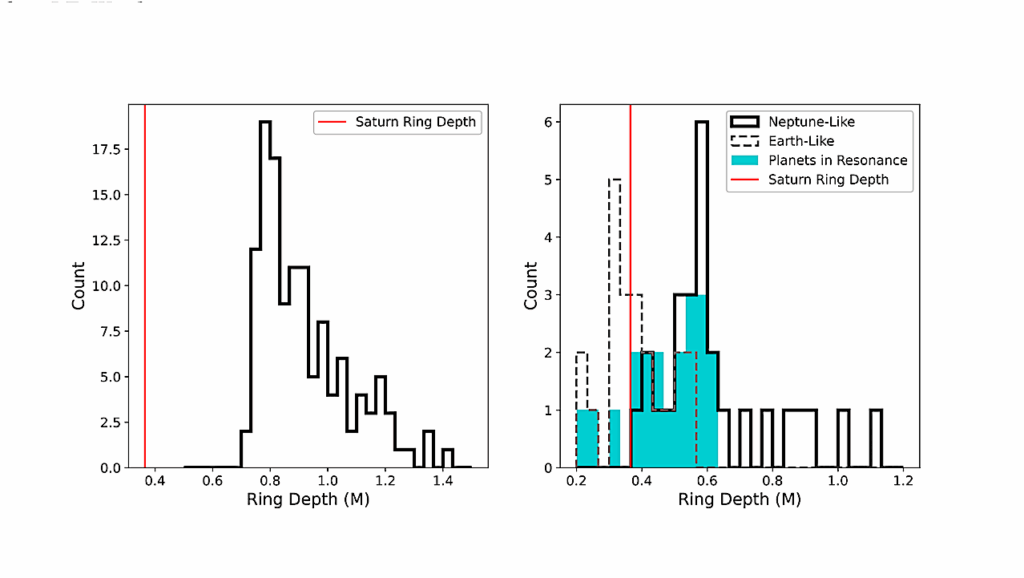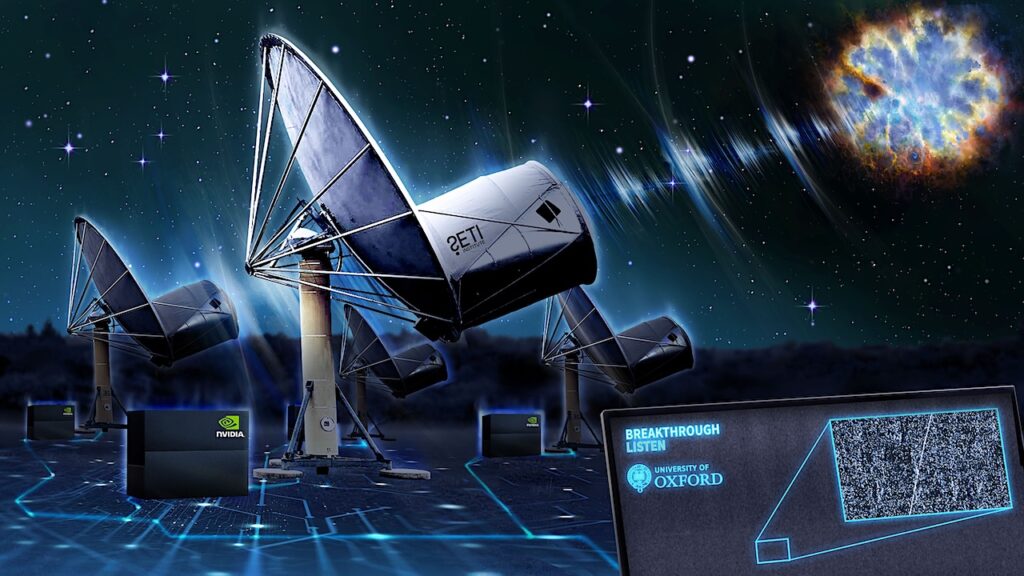Comparing The Sun To Sun-like Stars. On The Importance Of Addressing Faculae/spot Domination
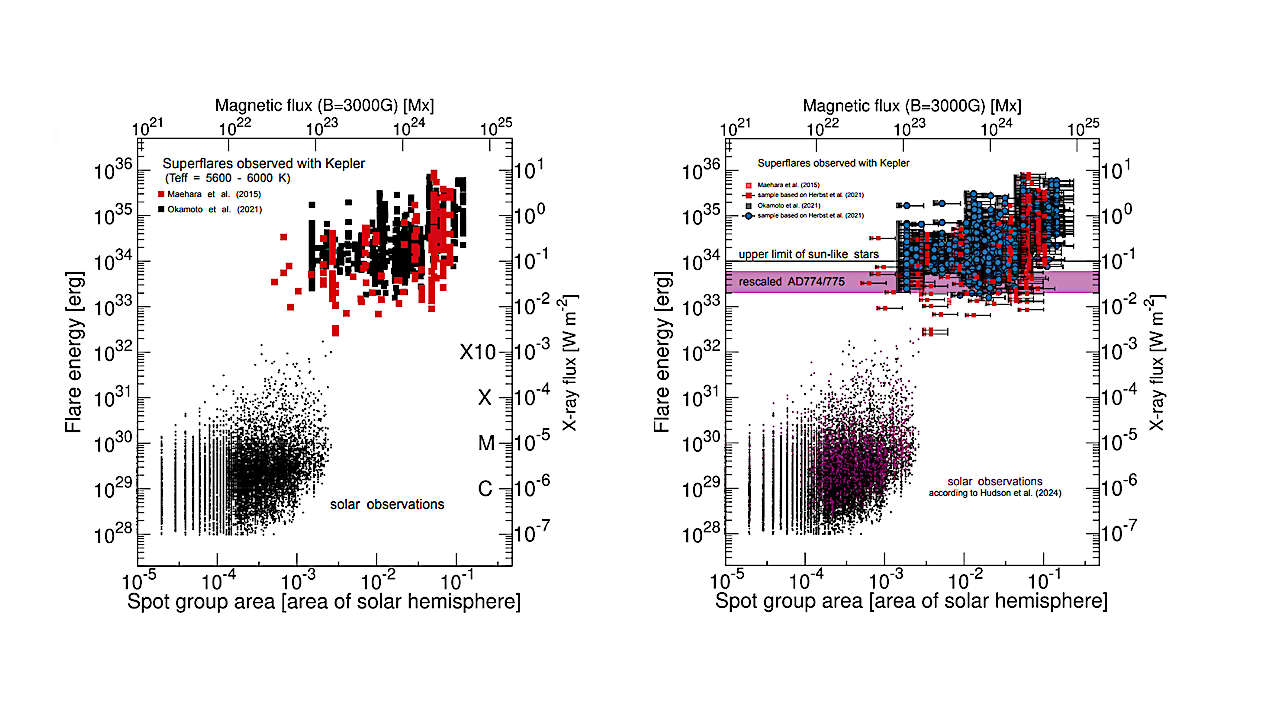
Whether the Sun is an ordinary G-type star is still an open scientific question.
Stellar surveys by Kepler and TESS, however, revealed that Sun-like stars tend to show much stronger flare activity than the Sun.
This study aims to reassess observed flare and spot activity of Sun-like Kepler stars by fine-tuning the criteria for a more robust definition of Sun-like conditions and better comparability between the current Sun and Sun-like stars.
We update one of the recent stellar Sun-like star samples by applying new empirical stellar relations between the starspot size and the effective stellar temperature to derive more reliable starspot group sizes. From the 265 solar-type stars, we could select 48 stars supporting the Kepler 30-minute cadence light curves.
These were analyzed by implementing the gradient of the power spectra method to distinguish between spot- and faculae-dominated stars. We employed the α-factor to quantify the area ratio of bright and dark features on the stellar surface. We were able to group the 48 stars as being spot- or faculae-dominated, revealing a preferential distribution of the Kepler Sun-like stars towards the spot-dominated (44 stars) and transitional (four stars) regimes.
As the current Sun is faculae-dominated, only the transitional stars were utilized for further evaluation. Additionally, accounting for comparability in stellar mass, radius, and rotation period, we show that only one of the utilized 265 Sun-like stars in the Kepler sample (i.e., KIC 11599385) allows for direct comparison to the current Sun.
We further show that the single flare observed on KIC 11599385 falls right within the flare energy range estimated for the AD774/775 event observed in the cosmogenic radionuclide archives of 10Be, 14C, and 36Cl.
Konstantin Herbst, Eliana M. Amazo-Gómez, Athanasios Papaioannou
Comments: accepted at A&A as aa52999-24
Subjects: Solar and Stellar Astrophysics (astro-ph.SR)
Cite as: arXiv:2504.02401 [astro-ph.SR](or arXiv:2504.02401v1 [astro-ph.SR] for this version)
https://doi.org/10.48550/arXiv.2504.02401
Focus to learn more
Submission history
From: Konstantin Herbst
[v1] Thu, 3 Apr 2025 08:51:00 UTC (2,649 KB)
https://arxiv.org/abs/2504.02401
Astrobiology, Space Weather,



